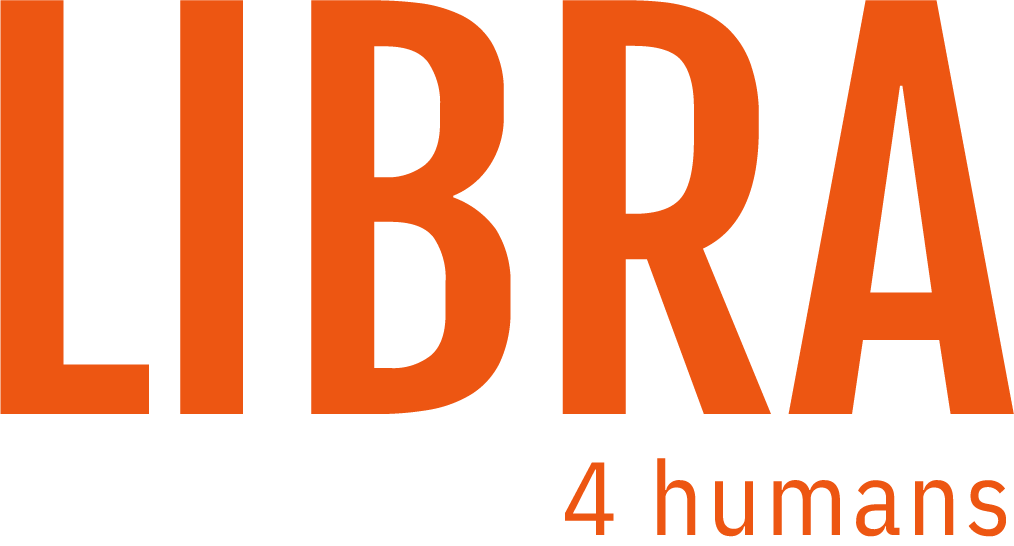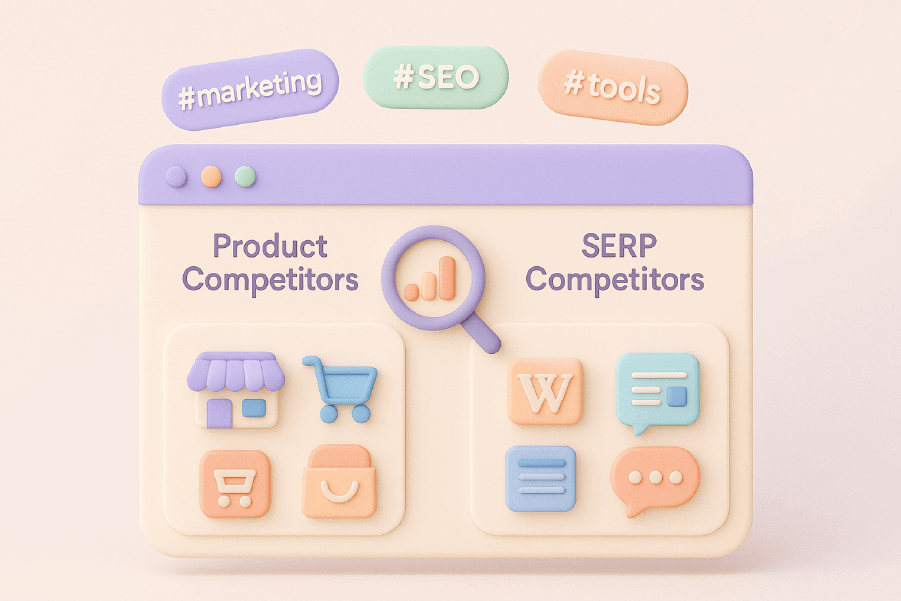Coca-Cola is one of the most recognized brands worldwide, but few people know that its journey began with a single newspaper advertisement in 1886. This simple ad introduced Coca-Cola to the public, setting the foundation for one of the most successful marketing campaigns in history.
The Coca-Cola Company was founded by Dr. Pemberton and later significantly expanded by Asa Griggs Candler, who implemented innovative marketing strategies that helped the brand evolve from a patent medicine to a dominant force in the soft drink industry.
In this article, we’ll explore the origins of the first Coca-Cola advertisement, its impact, and how it shaped the brand’s future marketing strategies.
The Birth of Coca-Cola: A Medicinal Tonic with Marketing Potential

Who Invented Coca-Cola? The Role of John Stith Pemberton
The story of Coca-Cola began with Dr. John Stith Pemberton, a pharmacist from Atlanta, Georgia. Pemberton was searching for a new product to sell after the American Civil War, hoping to create a popular health tonic.
Inspired by the coca plant (which had been used for centuries for its stimulating properties) and kola nuts (a natural source of caffeine), Pemberton developed a syrup-based drink that he initially marketed as a cure for headaches, fatigue, and nervous disorders. Coca-Cola was also marketed as a temperance drink, reflecting the dual purpose intended by Dr. Pemberton during a time of significant health concerns and changing social attitudes.
The Role of Frank M. Robinson in Coca-Cola’s Branding
While Pemberton invented the formula, Frank Mason Robinson, his bookkeeper and business partner, played a pivotal role in branding and marketing Coca-Cola.
Robinson:
- Named the drink “Coca-Cola”, believing the two “C” letters would look good in advertisements.
- Designed the iconic Coca-Cola logo using Spencerian script, a handwritten style popular in the late 19th century.
- Pioneered the first advertising campaigns, ensuring Coca-Cola gained visibility.
This strong branding foundation would later help solidify Coca-Cola’s presence in the global beverage market and become a household name.
The First Coca-Cola Advertisement: A Historic Moment
On May 29, 1886, Coca-Cola made its public debut through an advertisement in The Atlanta Journal. The ad was simple yet effective: “Coca-Cola. Delicious! Refreshing! Exhilarating! Invigorating! The new and popular soda fountain drink, containing the properties of the wonderful Coca plant and the famous Cola nuts.” This concise and persuasive message introduced the drink to the public, emphasizing its invigorating effects and refreshing taste—a marketing strategy that remains effective today.
This first advertisement marked the beginning of Coca-Cola’s use of print ads to reach a wider audience.
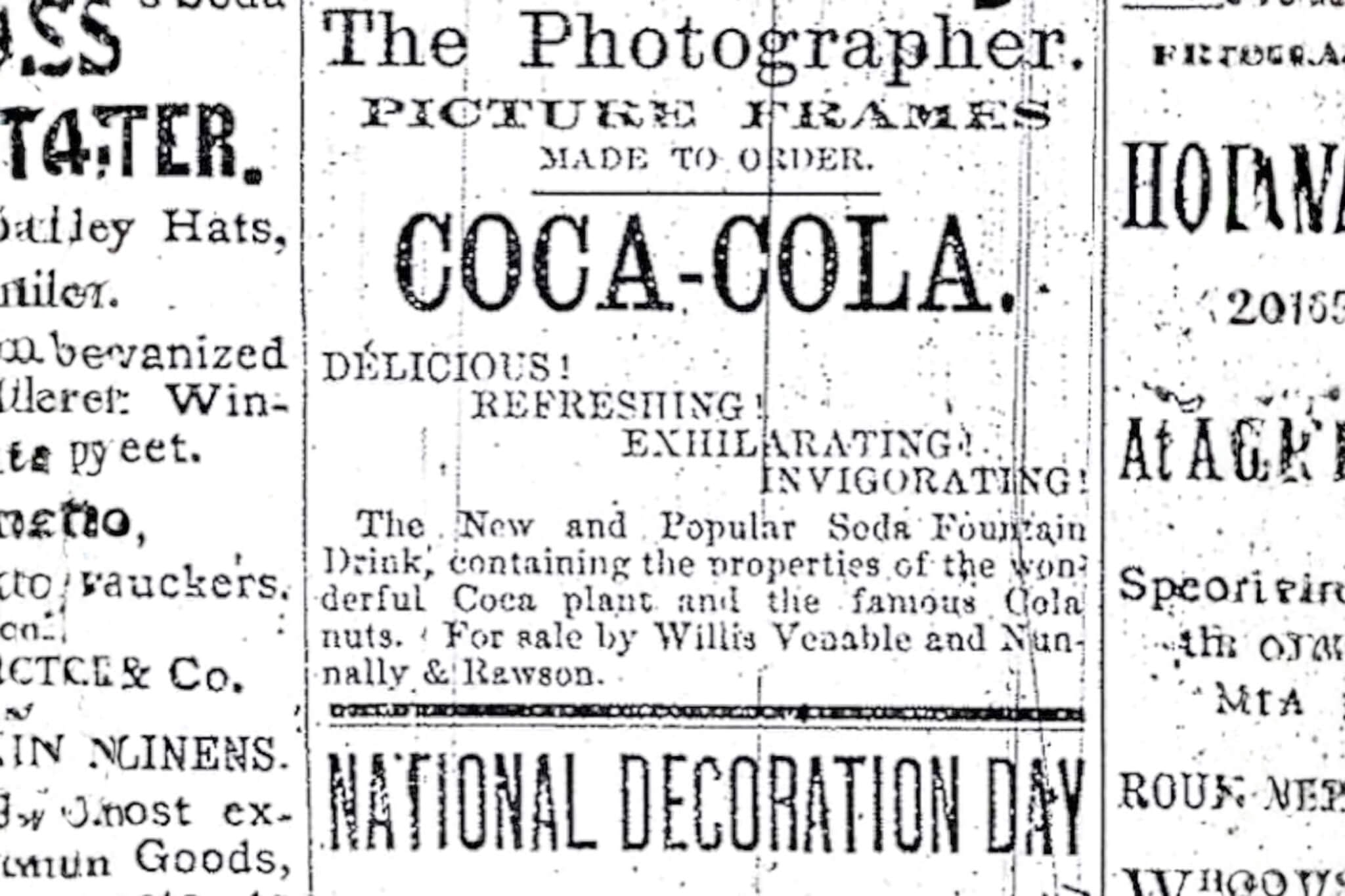
What Made This Advertisement Special?

Straight to the Point – The ad quickly conveyed the benefits of Coca-Cola.

Emotional Appeal – Words like “delicious” and “refreshing” triggered positive emotions.

Health Positioning – It marketed Coca-Cola as a product with natural, beneficial ingredients, transitioning from a medicinal tonic to a popular soft drink.

Call to Action – The ad encouraged people to try the new drink at soda fountains.
While basic by today’s standards, this advertisement set the foundation for Coca-Cola’s marketing success.
Coca-Cola’s Early Marketing Strategy (1886-1900)

Coca-Cola’s first advertisement was just the beginning. The brand quickly expanded its marketing efforts, utilizing multiple strategies to grow its customer base. The Coca-Cola brand gained significant recognition during its early marketing efforts, evolving from a medicinal tonic to a popular soft drink.
1. Newspaper Advertisements
Following the success of the 1886 ad, Coca-Cola increased its newspaper advertising, ensuring people across Atlanta became familiar with the drink.
By the late 1880s, Coca-Cola ads appeared in multiple newspapers, often as an ad featuring cultural, historical, and emotional elements, reinforcing the brand’s message and helping it stand out from competitors.
2. Free Sample Coupons at Soda Fountains
To encourage new customers to try Coca-Cola, the company introduced the first-ever coupon-based marketing campaign in 1887. These coupons offered a free glass of Coca-Cola at participating soda fountains, creating a sense of exclusivity and curiosity among consumers.
3. Painted Signs and Billboards
Coca-Cola soon expanded into outdoor advertising, painting storefront signs, billboards, and wall murals with the brand’s distinctive logo and messaging.
These advertisements:
- Helped establish brand recognition.
- Made Coca-Cola visible in high-traffic areas.
- Reinforced the brand’s refreshing, enjoyable image.
In the 1990s, Coca-Cola introduced the polar bear in its advertising, creating an iconic character that embodied the brand’s imagery with novelty and simplicity.
By the 1890s, Coca-Cola advertisements could be seen across the United States, making it one of the most recognized brands of the time.
The Evolution of Coca-Cola’s Advertising (1900-Present)
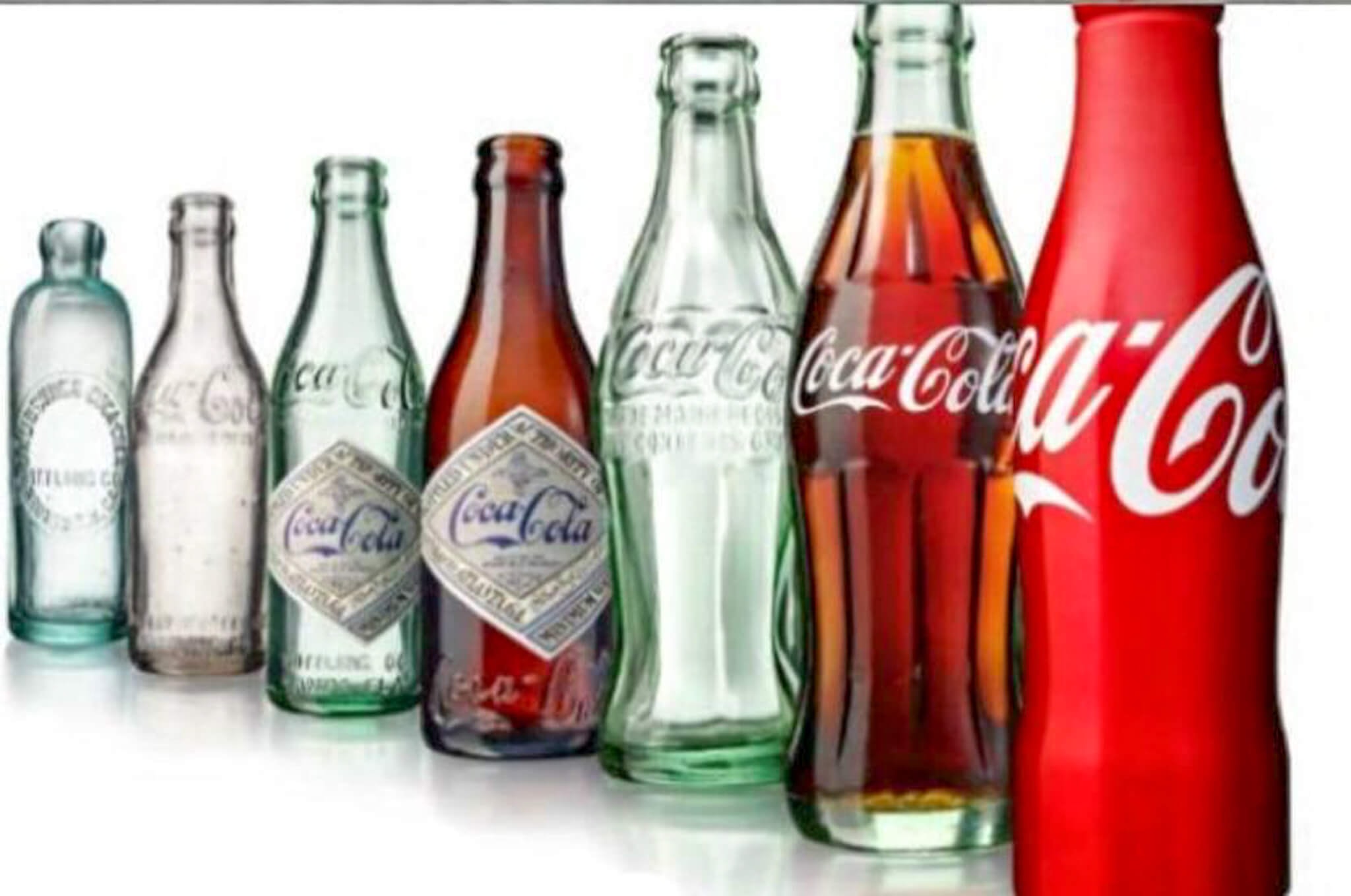
While the first Coca-Cola advertisement in 1886 was a simple newspaper notice, the company’s marketing strategy evolved significantly over the years.
The iconic slogan “Always Coca Cola” exemplifies the brand’s enduring presence and innovative advertising history.
The 1900s-1920s: The Rise of Coca-Cola as an Icon
By the early 20th century, Coca-Cola:
- Introduced colorful illustrated ads in magazines.
- Created the famous “Delicious and Refreshing” slogan.
- Developed a bottle design campaign to differentiate itself from competitors.
The Coca-Cola Company experienced significant growth and expansion during this period, becoming a dominant force in the soft drink industry.
The 1930s-1950s: Celebrity Endorsements and Global Expansion
Coca-Cola’s advertising featured celebrities and cultural icons. Introduced the Santa Claus advertising campaign, linking Coca-Cola to the holidays. Expanded internationally, making Coca-Cola a global phenomenon. During the mid-1930s, Pepsi-Cola emerged as a significant competitor, selling more soda at the same price as Coca-Cola.
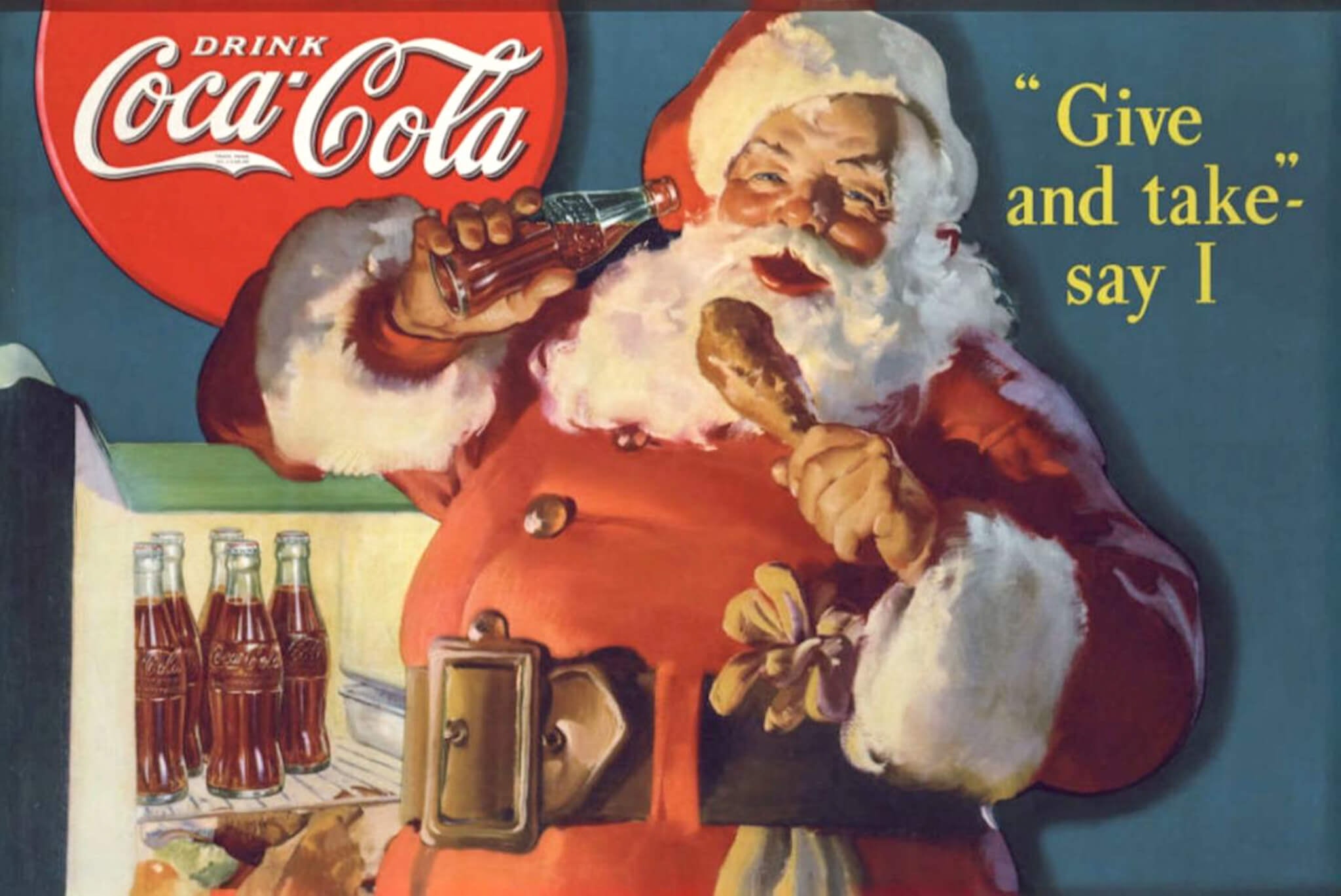
The 1960s-Present: Iconic Campaigns and Digital Marketing
- The 1971 “I’d Like to Buy the World a Coke” campaign became a cultural milestone.
- Coca-Cola embraced digital marketing and social media, ensuring it stayed relevant in the modern era.
How the 1886 Advertisement Shaped Coca-Cola’s Success
The first Coca-Cola advertisement in 1886 may have been small, but it introduced marketing principles that continue to define Coca-Cola’s brand:
1. Consistency in Branding
From the first ad to today, Coca-Cola has maintained a consistent brand message, emphasizing refreshment, happiness, and enjoyment.
2. Emotional Connection with Consumers
Even in its first advertisement, Coca-Cola focused on positive emotions—a strategy it still uses in modern campaigns.
3. Innovative Marketing Strategies
The success of the first newspaper ad encouraged Coca-Cola to explore new forms of advertising, leading to innovations such as:
- The first-ever coupon campaign.
- Outdoor advertising (painted signs, billboards, and store displays).
- Mass media advertising through radio, TV, and digital platforms.
Conclusion
The first Coca-Cola advertisement in 1886 marked the beginning of a global empire. What started as a modest newspaper ad became the foundation for one of the most powerful brands in history.
Today, Coca-Cola is a multibillion-dollar company, but its core marketing principles—clear messaging, emotional appeal, and innovative strategies—remain unchanged.
So, next time you see a Coca-Cola ad, remember: it all started in 1886 with a simple yet powerful newspaper advertisement.
